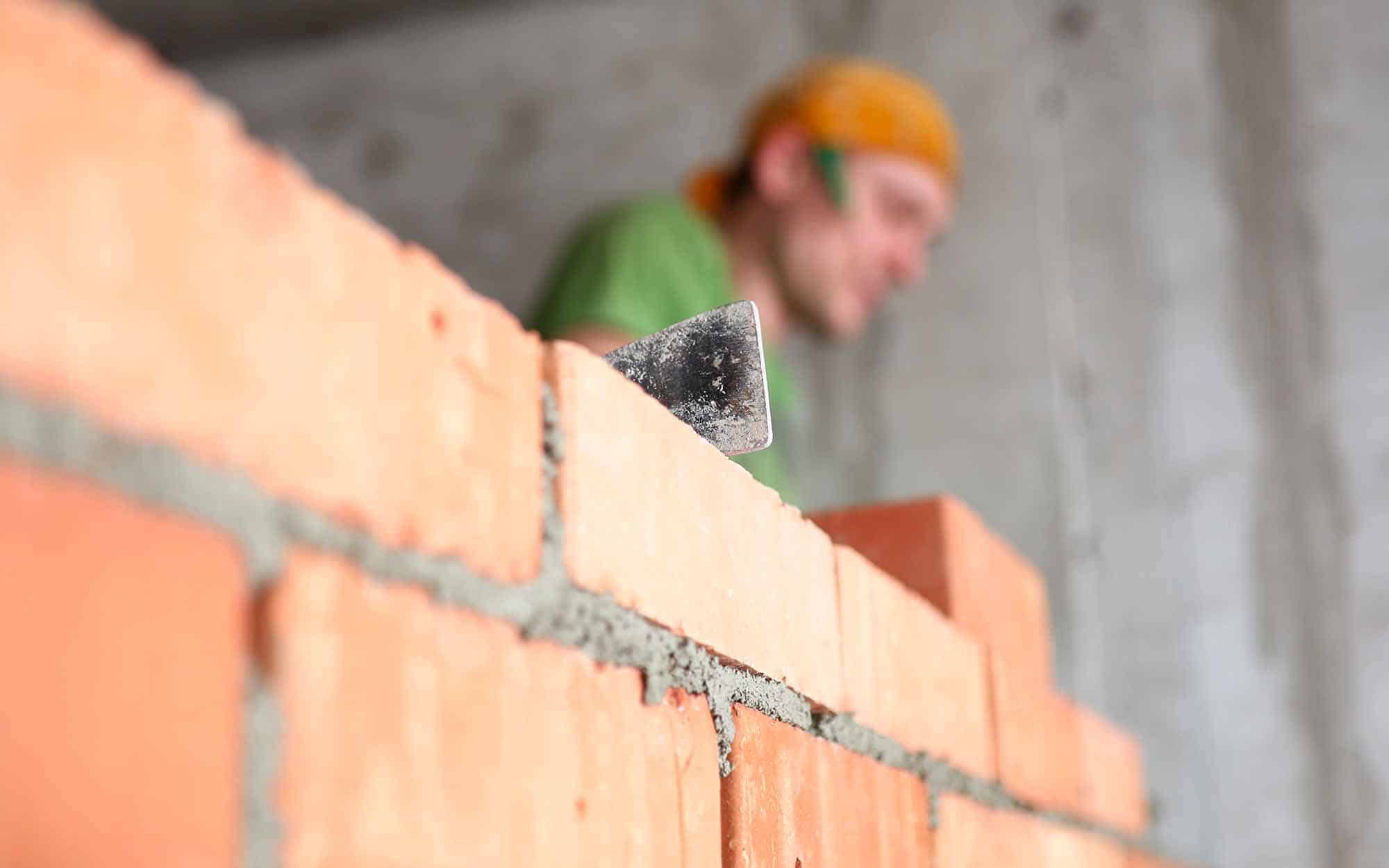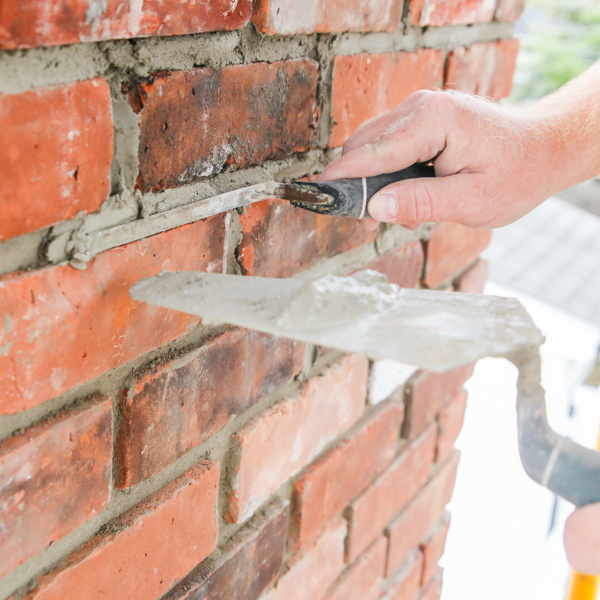Unlocking the Tricks of Lasting Masonry Building Practices for Eco-Friendly Buildings
Among the myriad methods to environmentally friendly building, sustainable masonry building and construction stands out as a reliable and sturdy approach that holds a wealth of untapped potential. From the choice of products to cutting-edge building methods, the tricks to achieving sustainability within stonework construction are diverse and interesting.
Advantages of Sustainable Stonework Building
Embracing lasting masonry building and construction methods not just reduces environmental effect however also uses lasting economic benefits to builders and neighborhoods. By making use of materials like recycled bricks, obstructs, and rocks, builders can dramatically decrease the carbon footprint of their jobs while advertising resource effectiveness. In addition, lasting stonework construction methods, such as appropriate insulation and thermal mass residential or commercial properties, can improve energy efficiency within buildings, resulting in minimized functional prices over time.
Moreover, the longevity and durability of masonry structures add to long-term economic benefits. Buildings constructed utilizing sustainable masonry practices commonly call for much less upkeep and repair service, converting to cost savings for contractors and residential property proprietors. The durability of masonry materials also ensures that frameworks continue to be stable and secure, reducing the demand for constant restorations or substitutes.
Eco-Friendly Stonework Products
Using green stonework materials is a critical step in the direction of improving the sustainability of building methods and lessening environmental influence while taking full advantage of long-term financial advantages. Sustainable stonework products are sourced, generated, and utilized in a manner that decreases overall ecological effect. Products such as recycled blocks, reclaimed rock, and sustainable cinder block are ending up being progressively preferred options for eco-conscious building contractors. Recycled bricks, for instance, not just divert waste from garbage dumps but additionally need much less energy to generate compared to new bricks. Redeemed rock supplies an one-of-a-kind aesthetic allure while decreasing the need for brand-new quarrying. Sustainable concrete obstructs include recycled aggregates and might feature enhanced insulation residential or commercial properties, adding to power efficiency in structures.
Additionally, all-natural products like adobe, rammed earth, and straw bales offer exceptional thermal mass buildings, minimizing the demand for home heating and cooling down power. These products are often locally available, promoting regional economic situations and reducing transportation-related carbon emissions. By selecting environmentally friendly masonry materials, construction projects can considerably minimize their ecological impact and add to the development of healthier, much more sustainable constructed settings.
Energy-Efficient Stonework Methods
Power effectiveness plays a critical duty in improving the sustainability of masonry construction practices. By implementing energy-efficient stonework methods, home builders can substantially minimize the general energy intake of a structure, causing reduced operational expenses and a smaller ecological impact. One crucial energy-efficient masonry strategy is making use of thermal mass, which involves including thick products like concrete or block right into the building's structure to absorb and keep warm. This assists regulate interior temperature levels, minimizing the requirement for mechanical home heating and cooling down systems.

Innovations in Sustainable Masonry
Recent improvements in lasting stonework techniques have actually produced innovative methods that are reshaping the building market. One such technology is the development of self-healing concrete, which makes use of microorganisms installed within the concrete to recover fractures autonomously. This advancement not only decreases maintenance costs but also boosts the resilience of masonry structures, adding to their sustainability.
One more significant advancement is using recycled aggregates in stonework building - masonry contractor. By integrating materials such as crushed ceramic waste or recycled glass right into concrete mixes, home builders can decrease the environmental influence of building jobs while keeping architectural stability. This method not only diverts waste from land fills however also preserves natural resources, making it a vital improvement in lasting masonry construction
In addition, the combination of digital layout tools, such as Building Details Modeling (BIM), is reinventing the way masonry frameworks are prepared and created. BIM enables more exact computations, reduced product wastage, and boosted energy efficiency, eventually resulting in more sustainable structure techniques. These technologies collectively indicate an appealing future for lasting masonry building and construction in the useful link era of green buildings.
Future Trends in Stonework Sustainability
With the innovative strides made in sustainable stonework methods, the future patterns in stonework sustainability are poised to additional change the building sector. One of the essential trends forming the future of stonework sustainability is the increased combination of modern technology. Advancements such as Building Details Modeling (BIM) and digital reality simulations are being used to maximize masonry building procedures, resulting in minimized read review product waste and improved energy effectiveness in structures.
Moreover, the development of novel lasting products is established to play a significant function in improving the eco-friendliness of stonework building and construction. masonry contractor. Advancements like self-healing concrete, recycled accumulations, and bio-based binders are obtaining grip for their ability to reduce environmental effect while preserving architectural honesty

Verdict
Finally, sustainable stonework building practices supply many benefits for environmentally friendly buildings. By making use of environmentally friendly products and energy-efficient methods, masonry can add to a much more sustainable developed environment. Developments in lasting masonry are continuously being created to even more enhance the go to my site ecological performance of structures. Looking towards the future, the fad of stonework sustainability is expected to expand, resulting in even more ecologically pleasant and energy-efficient building practices in the years to find.